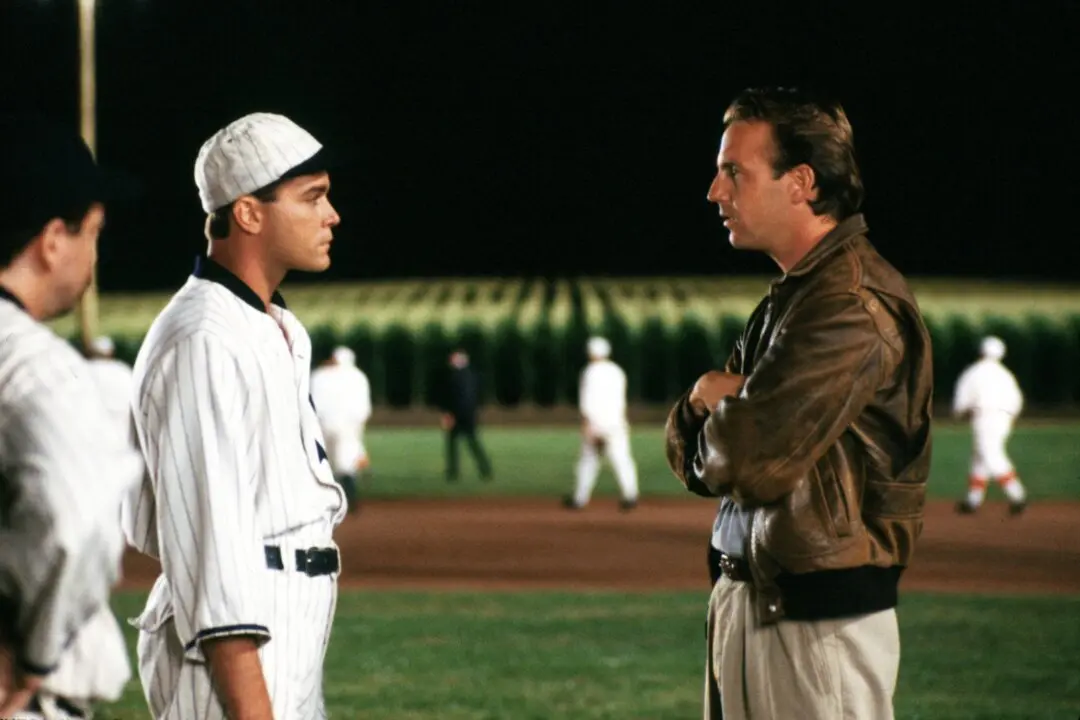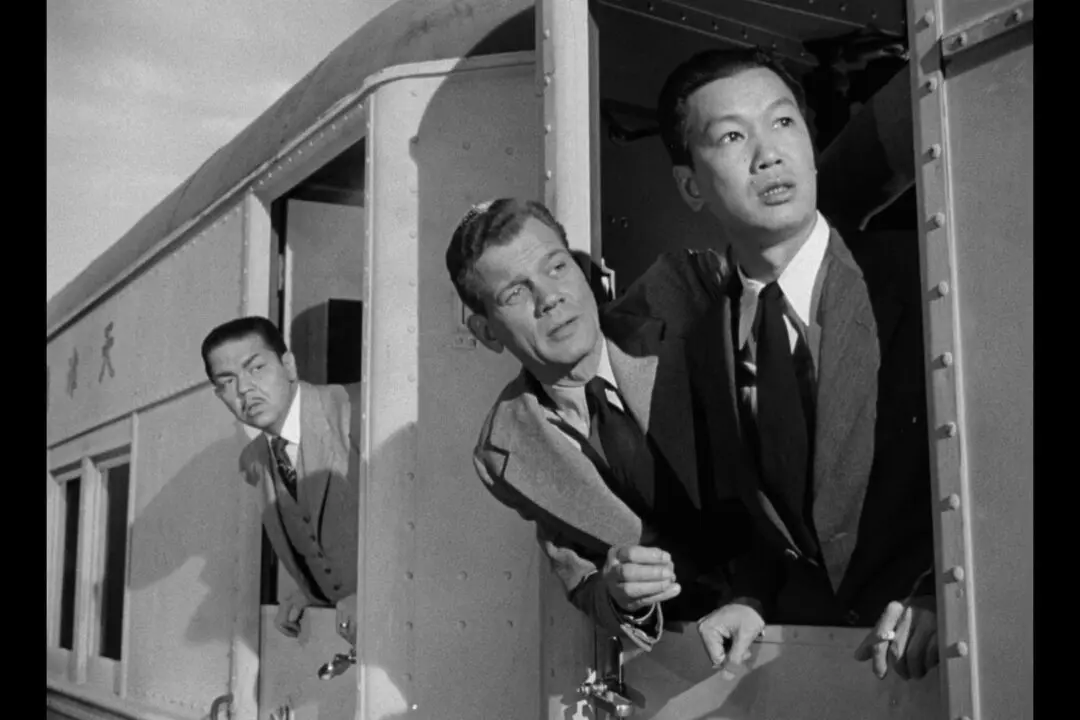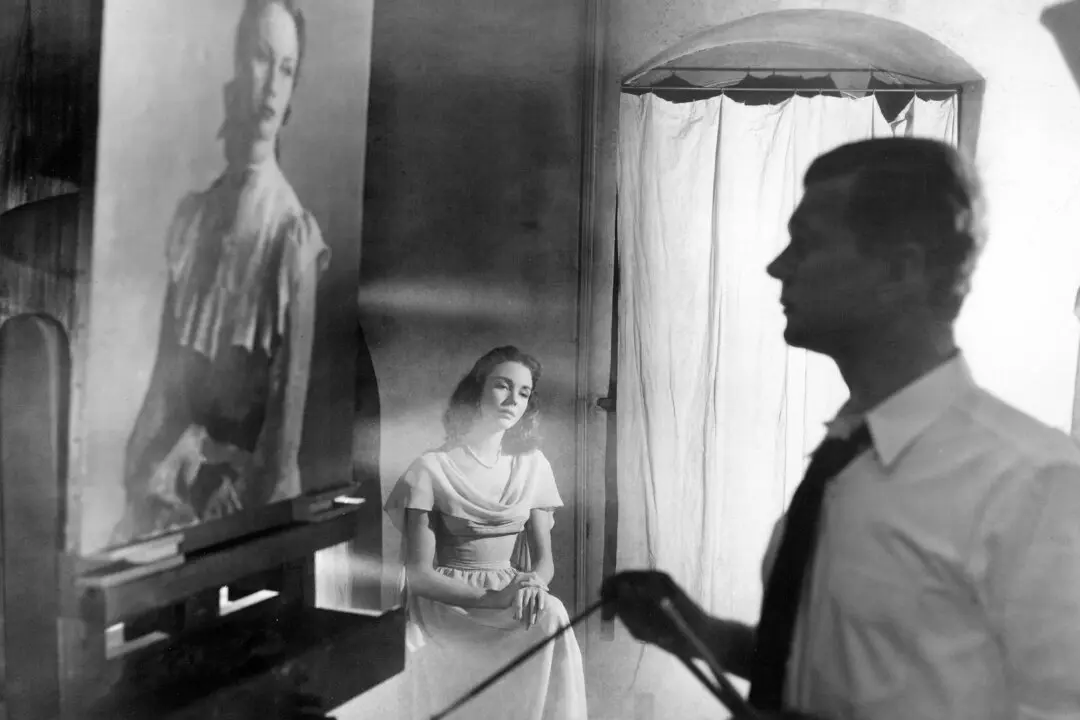NR | 1h 34m | Drama, Comedy | 1949
Director Henry Koster’s breezy film “Come to the Stable” (1949) draws on writer Clare Boothe Luce’s story, believed to be loosely based on the real-life heroism of two nuns, American Benedict Russ and Frenchwoman, Mother Mary Aline Trilles de Warren. Both nuns immersed themselves in charitable work in France during World War II, then left Europe and, against heavy odds, set up America’s first Benedictine monastery for women.





